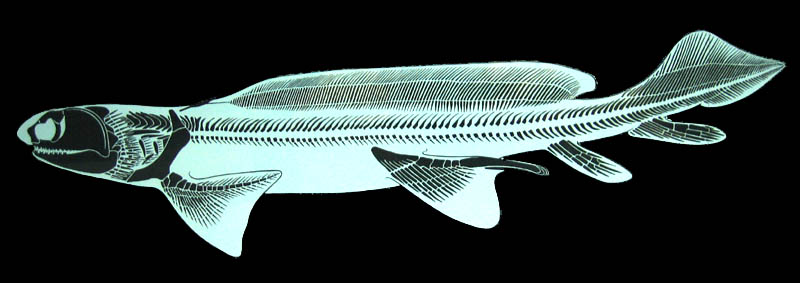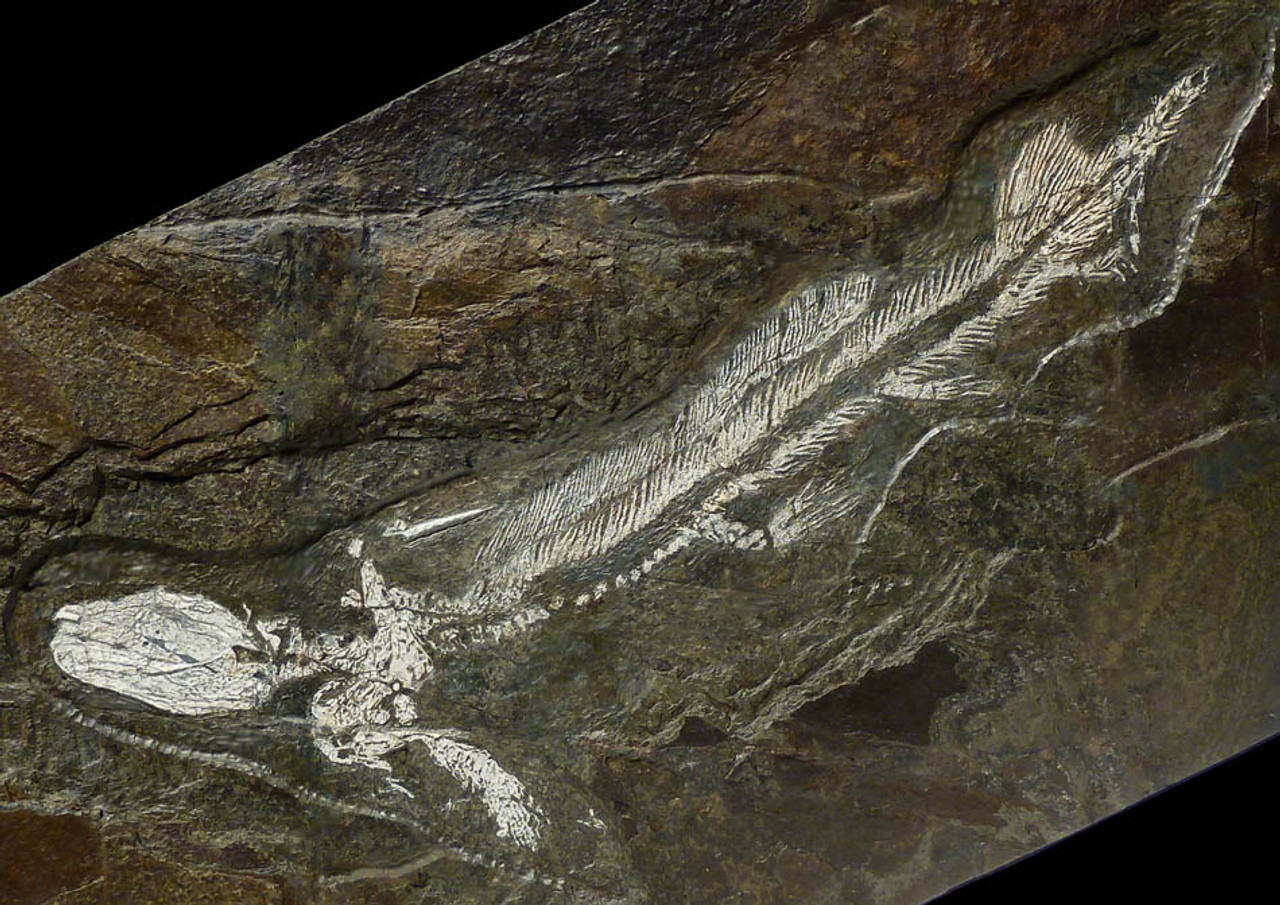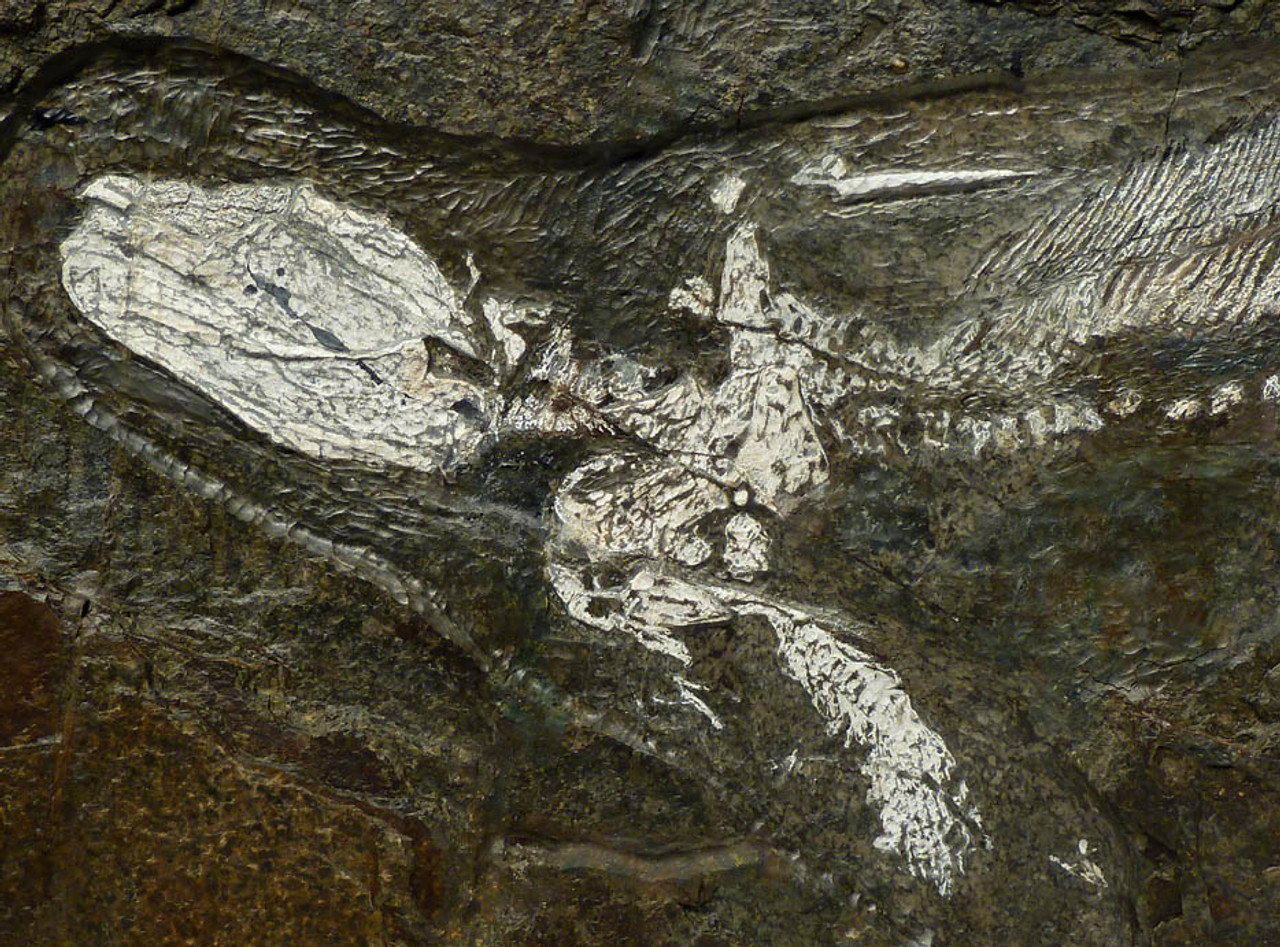Product Description
SEE MORE PERMIAN SHARK FOSSILS
Several years ago, we purchased a lifetime collection of these sharks from a former German fossil hunter who lived in this Pfalz region and knew the deposits well. The collection culminated an entire life of an expert fossil collector who lived and dug in the region that these specimens are famous for. They date back to a time from the late 1970's to the early 1980's and were all un-prepared and in their original state as collected when we received them. The collection was, no doubt, the finest assemblage of these rare sharks we have ever seen or heard about. Since digging in this area has been forbidden for nearly three decades, finding any other examples must only come from private collections but this collection was comprised of several of the best specimens known. In the collection, were several average sized sharks, some large sharks, a 2.45 meter shark which we are still preparing and finally, two very small juvenile sharks which are rarer than the large sharks. This specimen was the SMALLEST of the collection and the smallest of the two. The other specimen is being reserved for a museum so this is the ONLY example we can offer and likely, will be the ONLY baby Orthacanthus shark you will ever see for sale.
Not to be confused with the much smaller Permian Xenacanthus sp. shark that looks similar, the Orthacanthus shark was substantially larger than Xenacanthus. Small complete baby Orthacanthus shark fossils are extremely rare. This shark was an APEX PREDATOR WITH NO EQUAL, from a time before the dinosaurs.
Why is it so rare to find baby Orthacanthus complete fossils? We believe for one, they were cannibalized by adult sharks of the same species when they died early in life and therefore, the small juveniles were not as prevalent to fossilize as the adults. Another thought is that their skeletal make-up is so FRAGILE and delicate that it would have been very rare and difficult to leave behind a well-preserved fossil like the much larger adult Orthacanthus sharks. Nevertheless, what this translates to is one EXTREMELY RARE FOSSIL most certainly best suited to a public museum or institution.
This is one of the smallest complete Orthacanthus senckenbergianus fossil baby sharks known. It is complete with full skeletal structure articulated in its original natural white state. This shark dates back to the Permian Period, 260 million years ago before the first dinosaur walked our planet. ALL the anatomy of the shark is present which is EXTREMELY RARE in such a small, juvenile specimen due to the very delicate structure of the skeleton. When this shark sells, the chance to locate such a supreme and rare fossil of a baby of this creature will be lost. We have no others and outside of this example, never saw one this small and nice. The entire skeleton and all fin rays are articulated and whole. Typical to this type of fossil, the shark was excavated in pieces in the shale layers so the cracks have been filled and blended to the fossil. We opted to keep the majority of the surrounding rock in its natural split layer state on the surface. Minor filling and repair to the cracks running through the plate and shark body which is unavoidable due to the nature of these fossils.
The method of preparation we used retained and exposed all of the anatomical detail in its original multi-dimensional nature. That said, many of these fossils do not possess such high relief in the skeleton but this particular example shows such eye-popping relief and inflation of the bones that it surpasses nearly every example we know of in major academic collections.
The white color of the skeleton is natural and has NOT been painted. These fossils occur in two different colors and in two different shale types. The more common type are black or brown skeleton in brownish colored shale. The rarer and more aesthetic type is shown here - a white skeleton on blue-green shale as this one is.
As stated, we performed the entire preparation to this fossil so we can fully attest to all the work done. The nature of how these fossils are prepared are most time and work intensive. Every little detail must be ground out by hand, carefully removing all matrix covering the white fossil skeleton. The color of the fossil is completely natural. Many of these specimens are hastily prepared by simply grinding a level layer off of the top of the fossil, often destroying much of the original anatomy. Unlike such an expedient but inferior method, we carefully removed the overlying matrix completely around the three-dimensional anatomy of the entire fossil surface, exposing superb multi-layered detail of the original exquisitely preserved skeleton and skull. The surrounding matrix was treated with a stone sealer that brings out a most incredible natural deep, dark forest-olive green and unique to this piece, the addition of red, orange and gold colors in the stone. This natural rich color in the shale offers the most impressive aesthetics to the natural white of the fossil shark skeleton.
Entire slab is reinforced with epoxy and is an even .75" in overall thickness. The slab is secure and safe for a custom wall mount application or can be displayed on the acrylic easel that is included.
HISTORY
From a period in time before the dinosaurs even walked the earth, the bizarre Orthacanthus thrived in prehistoric swamps and bayous in Europe and North America. The Orthacanthus was an ancient freshwater shark that is no longer in existence. It had a very long spine protruding from the back of the head followed by a long ribbon-like dorsal fin that gave it the appearance of an eel. The double forked teeth were another unique characteristic. A full grown Orthacanthus is believed to have grown to 10 feet in length and was THE most dangerous apex predator that terrorized all creatures that lived in its environment.
SPECIAL NOTE: The current laws in this state of Germany have forbid the collection of these remarkable fossils since 1986. This legislation has permanently ended the supply of such magnificent specimens such as this one being offered here. This rare example was originally collected years prior to the ban but remained unprepared until very recently when we acquired the specimen from the original collector and performed all the preparations ourselves. With digging in the formation now off-limits, a specimen such as this is sure to appreciate in value as an incredibly promising investment as well as leave speechless everyone who has the pleasure to experience it in person. Specimens like this are true international natural history treasures - exceedingly rare in any collection of this quality of preservation as well as execution of its preparation.

 US DOLLAR
US DOLLAR
 EURO
EURO
 AUSTRALIAN DOLLAR
AUSTRALIAN DOLLAR
 CANADIAN DOLLAR
CANADIAN DOLLAR
 POUND STERLING
POUND STERLING














